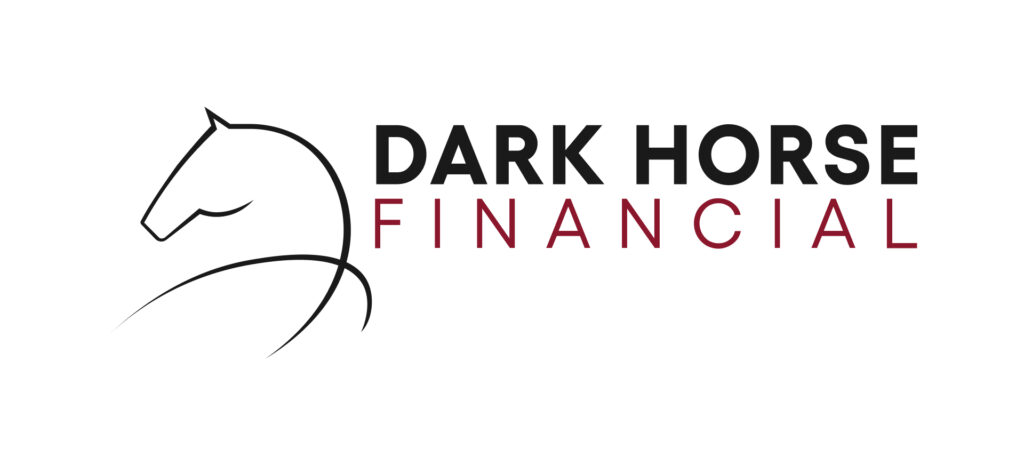How a Growing Allied Health Business Got a $300,000 Unsecured Overdraft
This case study for an unsecured overdraft for an allied health business is one of our real examples of allied health business loans. Here’s how we did it.
Applied, approved, and settled over Christmas / New Year
Our client was referred to us by a mortgage broker and their accountant, who regularly rely on us to provide working capital solutions tailored to their clients’ needs. In this case, we worked with a growing allied health business facing a common challenge: securing funds to bridge the gap between payroll growth and profitability.

Why the Recommended Solution Was Ideal
We recommended a non-bank overdraft provider offering a product that stood out for several key reasons:
- No Establishment, Monthly, or Line Fees
Unlike many traditional facilities, this unsecured overdraft product incurred no hidden or ongoing costs while unused. This allowed the client to access credit when needed without worrying about unnecessary charges eating into their cash flow.
- Speed of Approval and Settlement
Approval was secured within a short timeframe, and settlement was queued within a week. This was a significant advantage during a holiday period when traditional bank processes often slow down. Even with one director overseas and lenders operating with skeleton crews, the process was seamless.
- No General Security Agreement (GSA)
A major benefit of this facility was the absence of a General Security Agreement. This feature ensured that the overdraft would not restrict the client’s ability to secure additional financing, such as a bank overdraft, in the future. This flexibility is critical for growing businesses that anticipate evolving financial needs.

Benefits of Large Overdraft Facility in the Allied Health Sector
- Enhanced Flexibility:
By combining a non-bank overdraft with the potential for a future bank overdraft, the client created a dual-layered financial safety net. The non-bank overdraft could be used as a backup, incurring no fees when not actively drawn upon, while the bank overdraft could remain untouched for other strategic uses.
- Preservation of Borrowing Power:
Because the non-bank overdraft did not include a GSA, the client retained their full borrowing capacity with traditional lenders. This approach ensured they could still access the most competitive rates and facilities from banks when needed.
- Low Cost of Ownership:
Without monthly or line fees, the cost of maintaining this overdraft was minimal, making it an affordable way to secure additional liquidity.
- Preparedness for Growth:
The solution positioned the business to handle growth with confidence. They could fund their payroll and operating expenses while focusing on integrating new hires and scaling operations. This proactive approach eliminated the risk of cash flow shortfalls derailing their growth trajectory.
Key Takeaways for Business Owners
This case study highlights an important lesson for business owners: securing working capital proactively, rather than waiting until financial pressures become critical, unlocks better terms and broader options. By acting early, businesses can implement cost-effective solutions without sacrificing their ability to secure future financing.
If you’re navigating growth or seasonal cash flow challenges, consider exploring solutions that align with your immediate and long-term financial goals. Whether it’s a non-bank overdraft, invoice financing, or another tailored facility, acting early ensures you can focus on your business’s success without unnecessary financial stress.
More Questions
Can small allied health clinics qualify for large unsecured overdrafts?
Yes, allied health businesses of any size can apply for overdrafts as long as they can demonstrate that they can repay the line of credit.
What requirements are needed for $300k overdraft in allied health?
Lenders will usually want to see the business's average financial position over the last 6 to 12 months. Lenders will also want to check the director's credit score. For some non bank lenders, income assessment can be done through a read only view of business banks statements, but this can vary per lender.




